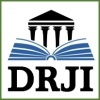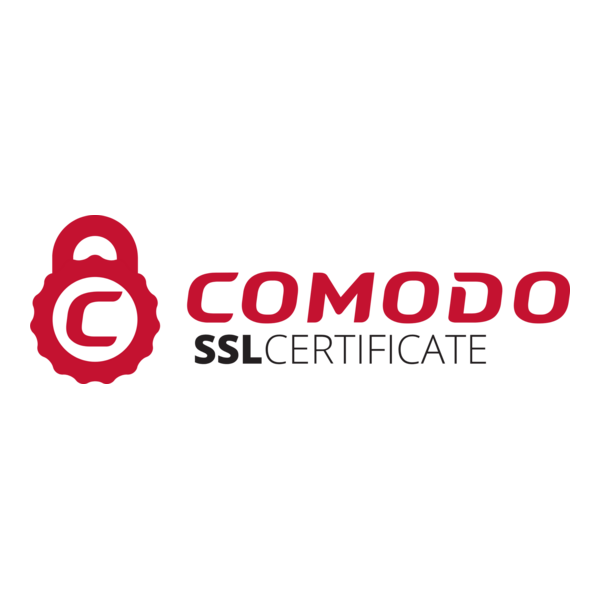Author Guidelines
Terms of submitting manuscript:
EduBiologia-Biological Science and Education Journal, a journal managed by the Biology Education Study Program, Faculty of Mathematics and Natural Sciences, Indraprasta PGRI University, publish by LPPM Universitas Indraprasta PGRI. EduBiologia-Biological Science and Education Journal journal publishes scientific articles covering the pure field of biology and biology education. Articles published in EduBiologia-Biological Science and Education Journal are the results of research, studies or critical and comprehensive scientific studies of important and current issues or reviews of scientific books that are covered in journal development. EduBiologia-Biological Science and Education Journal has a writing guide that is a reference for writers who will publish their manuscripts or articles in this journal. Only submitted manuscript that prepare in accordance the author guideline format will be processed further. If author does not use template or written a manuscript in a different format, the manuscript will be rejected.
ARTICLES are the results of your own work, can be in the form of research results or reviews or critical studies of current issues in the field of pure biology and biology education. The article has not been published in any journal (statement of authenticity must be included in the article). Articles are written in Indonesian, with a number of words of 4000-6000 or the equivalent of 7-10 pages. Articles are typed in two columns, Times New Roman font with a size of 11 pt., and single space. The research paper must contain several parts and do not need to be detailed with numeration. Writing systematics consists of:
- Title: The title is written in Indonesian (maximum 16 words), 14 pt. Times New Roman font, and single space.
- Abstract in Indonesia and English, Times New Roman 10 pt., single space, 150-300 words. Avoid using acronyms, abbreviations, symbols and also references in abstracts. Abstract can describe qualitative and quantitative information. Keywords consist of 3-5 words.
- The introduction contains several matters related to the background, not exceeding 800 words or 2 pages.
- The research method should be written in detail including the place, participants or research objects, research methods, tools and materials used or other technical matters in the research, as well as data analysis. Writing can consist of subtitles.
- Results and discussion contain research data that has been reviewed critically and deeply based on the research results. Writing can consist of two or more subtitles. Subtitles title in bold and italicized (italic). Permitted to present tables and figures to support the results of research and discussion. Tables and figures are placed in a text group after the referenced table or image. Each picture must be given a caption and source (Caption) under the image and numbered in Arabic numbering format followed by the image title. Each table must be given a table title (Table Caption) and numbered in Arabic numbering format above the table followed by the table title and source below the table. Image attachments must be guaranteed that they can print well in black and white ink (font size, resolution and clearly visible line space). Pictures, tables, and charts should be centered between groups of text. If it has a larger size, it can be placed in the center of the page. Tables should not contain vertical lines, while horizontal lines are only allowed for important points.
- Conclusions must still exist even though the conclusions have been presented implicitly or explicitly in the discussion.
- Acknowledgments are optional. Acknowledgments are addressed to sponsors who funded the research or those who reviewed the manuscript
- Bibliography is arranged alphabetically and follows the 6th Edition APA (America Psychological Association) system, and recommended to use the Reference Management Tools (Mendeley). The minimum number of references used is 15, more or less 80% references for literature reviews should be the recent (up to date) journals published in the last 10 years.
Book citation:
Altieri, M. (1987). Agro-ecology The Scientific base of Alternative Agriculture. West View Press: London.
Hovmand, S. (1995). Fluidized Bed Drying. In Mujumdar, A.S. (Ed.) Handbook of Industrial Drying (pp.195-248). 2nd Ed. Marcel Dekker: New York.
Fridman, A. (2008). Plasma Chemistry. Cambridge University Press: Cambridge.
Hamalik, O. (2010). Kurikulum dan Pembelajaran. PT Bumi Aksara: Jakarta.
Journal citation:
Pereira, J. F. (2018). Initial root length in wheat is highly correlated with acid soil tolerance in the field. Scientia Agricola, 75(1), 79–83. https://doi.org/10.1590/1678-992x-2016-0422.
Yang, L., Yang, Q., Sun, K., Tian, Y., & Li, H. (2010). Agrobacterium tumefaciens-mediated transformation of SOD gene to Trichoderma harzianum. World Journal of Microbiology and Biotechnology, 26(2), 353–358. https://doi.org/10.1007/s11274-009-0182-4.
Sahoo, K. K., Tripathi, A. K., Pareek, A., Sopory, S. K., & Singla-Pareek, S. L. (2011). An improved protocol for efficient transformation and regeneration of diverse indica rice cultivars. Plant Methods, 7(1), 49. https://doi.org/10.1186/1746-4811-7-49.
Book section/handbook citation:
Hovmand, S. (1995). Fluidized Bed Drying. In Mujumdar, A.S. (Ed.) Handbook of Industrial Drying (pp.195-248). 2nd Ed. Marcel Dekker: New York.
Bjork, R. A. (1989). Retrieval inhibition as an adaptive mechanism in human memory. In H. L. Roediger III, & Craik, F.I.M. (Eds.). Varieties of Memory and Consciousness (pp. 309-330). Erlbaum: Hillsdale.
Report/thesis/dissertation citation:
Karyanto, P. (2010). Critical Success Factors for Sustainable Upland Agriculture in Lawu, Indonesia. Thesis. Nothern University of Malaysia.
Istadi, I. (2006). Development of A Hybrid Artificial Neural Network – Genetic Algorithm for Modelling and Optimization of Dielectric-Barrier Discharge Plasma Reactor. Thesis. Universiti Teknologi Malaysia.
Subhan, A., Manalu, W., Rahminiwati, M., & Darusman, H. S. (2021). Upaya Pengendalian dan Pencegahan Infeksi Patogen Multi-Drug Resistant Organism (MDRO) Klon Methicillin-Resistant Staphylococcus Aureus (MRSA) dengan Inovasi Produk Hand Rub Berbasis Alkohol. Disertasi. Institut Pertanian Bogor.
Internet sources:
Sparre, P., & Venema, S. C. (1998). Introduction to tropical fishes. http//www.fao.org/docrep/W544679.htm.9/28/2010. Diakses tanggal 12 September 2018.
Proceeding seminar citation:
Roeva, O. (2012). Real-World Applications of Genetic Algorithm. In International Conference on Chemical and Material Engineering (pp. 25–30). Semarang, Indonesia: Department of Chemical Engineering, Diponegoro University.
Government Documents Issued by Publishers and without Institutions:
Undang-undang Republik Indonesia Nomor 2 Tahun 1989 tentang Sistem Pendidikan Nasional. 1990. PT Armas Duta Jaya: Jakarta.














